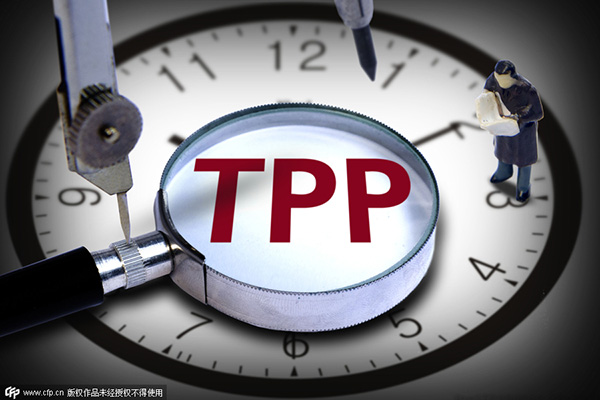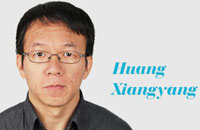Regional security architecture would help dispel mistrust
By Wang Hui (China Daily) Updated: 2015-10-24 09:29
 |
|
China is open to any trade mechanism as long as they follow the rules of the World Trade Organization and are good to economic integration of the Asia-Pacific region.[Photo/CFP] |
Do people in the Asia-Pacific feel less secure than they did 10 years ago? Many in the region would answer in the affirmative without thinking. So do we need an Asia-Pacific security architecture, and if so how should it be built?
Scholars who attended the Second North Pavilion Dialogue, organized by Peking University's School of International Studies in Beijing on Sunday and Monday, tried to shed light on these questions.
Shiv Shankar Menon, a former Indian national security adviser, said the security situation in the Asia-Pacific has been peaceful since the 1970s, but people in the region today are worried by many trans-boundary issues ranging from maritime territorial disputes to terrorism and cybersecurity.
As a result, states in the region feel the need for a security architecture because most of the issues facing Asia today are beyond the capacity of one nation alone to deal with, said Menon.
Indeed, with non-traditional security issues cropping up one after another, the security outlook in the Asia-Pacific has become increasingly complicated in recent years. Amid rising security risks from trans-border crime, financial turmoil, piracy, natural disasters and the spread of epidemic diseases, power struggles between major players in the region have added to the buildup in tensions as well.
Why has the security situation in the Asia-Pacific become complicated and sometimes even worrisome?
Victor Larin, director of Institute of History, Archaeology and Ethnography of the Peoples of the Far East with Russian Academy of Sciences, identified three sources: confrontational visions of the world order, issues left over from history and mutual distrust and misunderstanding.
Disputes over issues left over from history have fueled tensions in East Asia in the past decade. Both China's disputes with neighboring countries in the East and South China seas and Japan's whitewashing of its wartime atrocities are examples of this.
The US' rebalancing to the Asia-Pacific has also aroused China's suspicions about its motives and deepened mutual distrust. But for Kim Sung-Hwan, South Korea's former minister of foreign affairs, suspicion runs both ways.
"China thinks America's stronger ties with its allies are to contain China. On the other hand, some see the initiation of the AIIB (Asian Infrastructure Investment Bank) as a direct attempt to challenge the US-led post-war economic order," Kim told participants at the dialogue.
Kim's suggestion that the US' rebalancing to Asia should be convincingly contributing to narrowing down differences rather than magnifying tensions is typical in the region which is simmering with concerns about the rising confrontational tones between China and the United States.
As to the US' concerns about China's rise, George Yeo, Singapore's former foreign minister, believes these are unnecessary. Chinese culture, which is different from Western culture, decides that the country does not have the intention to dictate to others and spread its culture in the world, Yeo explained.
A security architecture in the region could help the region dispel such misperceptions and build mutual trust which is conducive to ushering in better security prospects.
Gudrun Wacker, an Asian expert at the German Institute for International and Security Affairs, believes it is important and urgent to have mechanisms and principles in place to address conflicts and incidents when they happen, citing the China-Indian border mechanism as a good example in this regard.
"It is essential that the US and China have better cooperation and lower the level of mistrust," she said.
Experts agree that an Asia-Pacific security architecture that conforms to regional realities and caters to the needs of different sides is imminent and a realistic approach to building it would be through enhancing the functions of the existing mechanisms in the region, such as the Association of Southeast Asian Nations Regional Forum, the East Asia Summit and ASEAN plus series of meetings.
The author is a senior writer with China Daily. wanghui@chinadaily.com.cn











